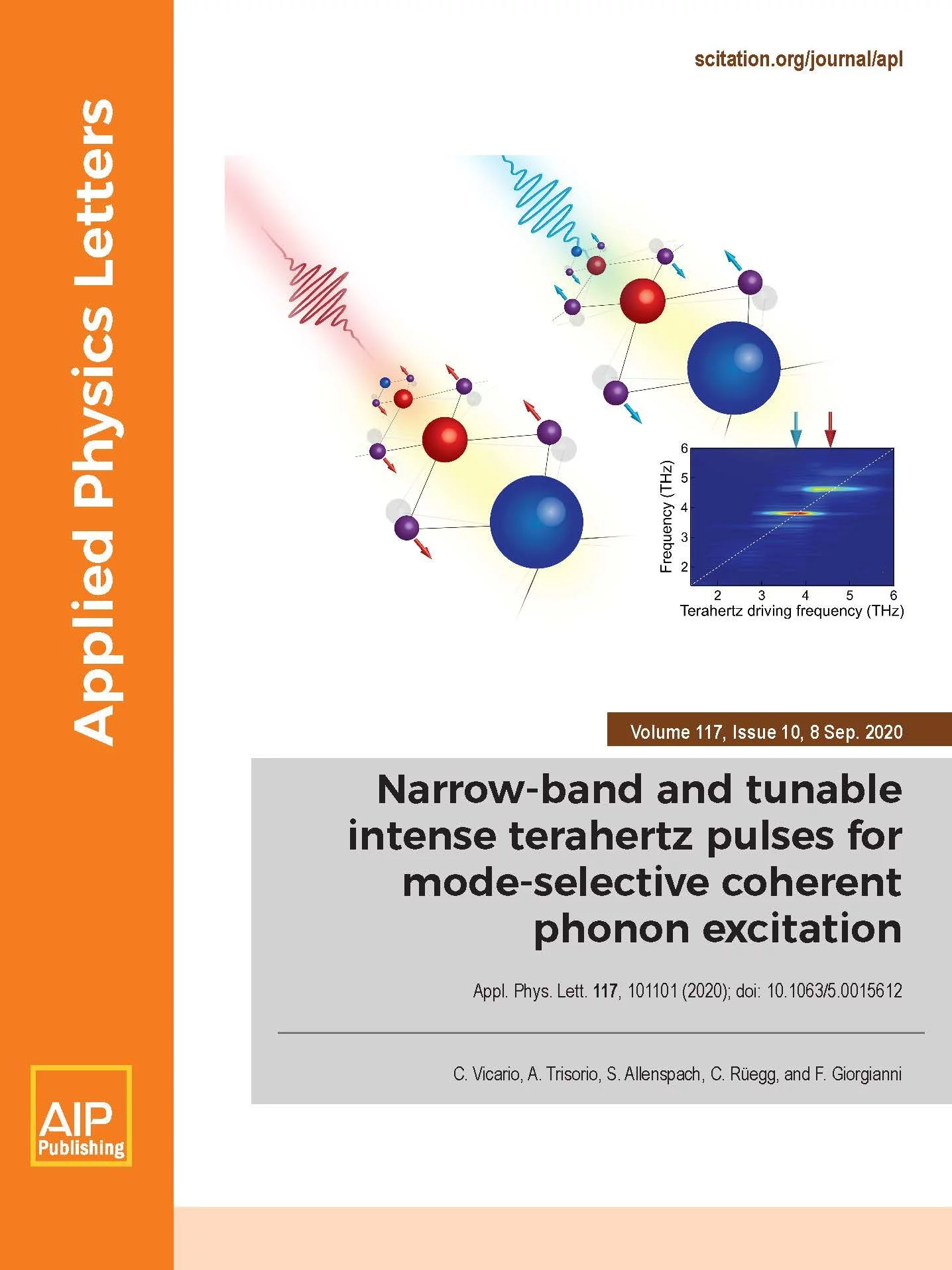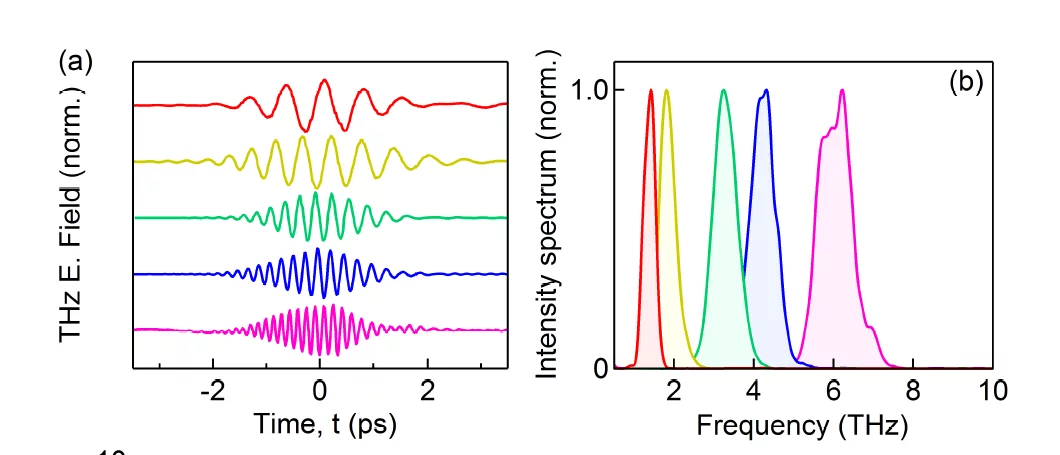Excitation of coherent phonons using light is an emerging approach for investigating condensed matter physics. It has the potential not only to reveal the dynamics of collective lattice vibrations but also to tailor them for the ultrafast control over the electronic, magnetic, and structural properties in solids. The optical phonons, in most solids, lie primarily in the spectral region between 1 and 10 THz. Unlike conventional laser sources, coherent radiation at these frequencies allows us to study time-resolved lattice displacements with only minor deposition of heat or generation of hot electrons. However, the available high-field terahertz sources, with their quasi-single cycle temporal shape and broadband spectrum, cannot be used to excite the individual phonon modes. By contrast, the challenge of understanding the transient dynamics of low-energy excitations calls for novel sources of narrow-band terahertz radiation at high intensities that can be tuned to the individual phonon resonances. Moreover, with strong enough fields tuned precisely to a phonon resonance, non-linearities in the material can be targeted and potentially exploited.
Recently, we demonstrated a frequency-tunable, narrowband THz source with maximum field strength of approximately 400 kV/cm [1]. This development was made possible through a collaborative effort between the LNO Gun Laser and the Quantum Criticality and Dynamics groups at the Paul Scherrer Institute. The narrowband radiation is obtained in a new way, by optical rectification of a temporally modulated 1.5 µm laser pulse in an organic crystal. This novel source combines high-field strength with tunability in carrier-frequency from 0.5 to 6.5 THz and bandwidth of less than 1 THz with the potential for narrow distributions as required experimentally. Our source fills the spectral gap of the existing laser-based narrowband approaches, which include difference frequency generation in organic crystals, suitable for higher frequencies (4-18 THz) [2], and optical rectification in inorganic crystals, covering frequencies below 1.3 THz [3].
The continuous tunability of intense, narrowband THz pulses represents a key development for time-resolved selective phonon excitation. We have successfully used this source to selectively excite and interrogate individual phonons in the single crystal SrCu2(BO3)2.
Our compact and narrowband THz source, which can be scaled up in field strength, offers new opportunities for advanced manipulation of low-energy collective modes in condensed matter and has the potential to reveal the coupling of specific low-energy lattice vibrations with other degrees of freedom. These characteristics are particularly attractive for applications in nonlinear phononics and for investigation of electronic and magnetic phase transitions in complex systems, which may lead to more general coherent control in solids.
References
[1] C. Vicario, A. Trisorio, S. Allenspach, C. Rüegg, and F. Giorgianni, Narrow-band and tunable intense terahertz pulses for mode-selective coherent phonon excitation, Appl. Phys. Lett. 117, 101101 (2020); https://doi.org/10.1063/5.0015612
[2] B. Liu, H. Bromberger, A. Cartella, T. Gebert, M. Först, and A. Cavalleri, Generation of narrowband, high-intensity, carrier-envelope phase-stable pulses tunable between 4 and 18 THz, Optics Letters 42, 129 (2016).
[3] Z. Chen, X. Zhou, C. A. Werley, and K. A. Nelson, Generation of high power tunable multicycle teraherz pulses, Applied Physics Letters 99, 071102 (2011).
Contact
Dr. Carlo Vicario
SwissFEL Photon Diagnostics
Paul Scherrer Institut
Telephone: +41 56 310 3163
E-mail: carlo.vicario@psi.ch



